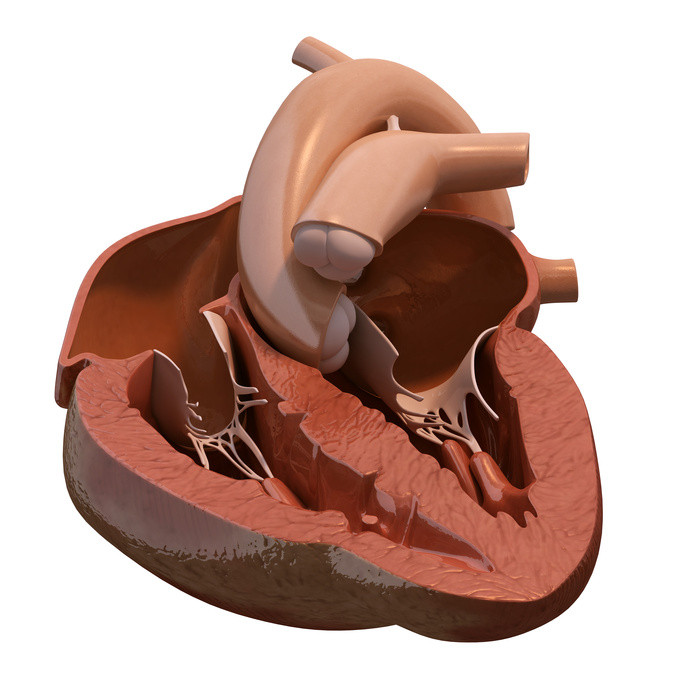
Researchers have found a way to take a pediatric patient’s skin cells, reprogram the skin cells to function as heart valvular cells, and then use the cells as part of a tissue-engineered pulmonary valve. A proof of concept study published in the September 2014 issue of The Annals of Thoracic Surgery provides more detail on this scientific development.
“Current valve replacements cannot grow with patients as they age, but the use of a patient-specific pulmonary valve would introduce a ‘living’ valvular construct that should grow with the patient. Our study is particularly important for pediatric patients who often require repeated operations for pulmonary valve replacements,” said lead author David L. Simpson, PhD, from the University of Maryland School of Medicine in Baltimore.
Dr. Simpson, senior co-author Sunjay Kaushal, MD, PhD, and colleagues designed a process to transform skin cells from a simple biopsy into cells that become an important ingredient in a tissue-engineered pulmonary valve.
The pulmonary valve is a crescent-shaped valve that lies between the heart’s right ventricle and pulmonary artery. It is responsible for moving blood from the heart into the lungs.
While the study was conducted in vitro (outside of the body), the next step will be implanting the new valves into patients to test their durability and longevity.
“We created a pulmonary valve that is unique to the individual patient and contains living cells from that patient. That valve is less likely to be destroyed by the patient’s immune system, thus improving the outcome and hopefully increasing the quality of life for our patient,” said Dr. Kaushal. “In the future, it may be possible to generate this pulmonary valve by using a blood sample instead of a skin biopsy.”
Dr. Simpson added that he hopes the study will encourage additional research in tissue engineering and entice more people to enter the field, “Hopefully, growing interest and research in this field will translate more quickly into clinical application.”
It is estimated that nearly 800 patients per year could potentially benefit from bioengineered patient-specific pulmonary valves, according to data from the STS Congenital Heart Surgery Database. The Database, which collects information from more than 95% of hospitals in the US and Canada that perform pediatric and congenital heart surgery, shows that approximately 3,200 patients underwent pulmonary valve replacement during a 4-year period from January 2010 to December 2013.
Story Source:
The above story is based on materials provided by Elsevier. Note: Materials may be edited for content and length.
Journal Reference:
- David L. Simpson, Brody Wehman, Yekaterina Galat, Sudhish Sharma, Rachana Mishra, Vasiliy Galat, Sunjay Kaushal. Engineering Patient-Specific Valves Using Stem Cells Generated From Skin Biopsy Specimens. The Annals of Thoracic Surgery, 2014; 98 (3): 947 DOI: 10.1016/j.athoracsur.2014.04.075
